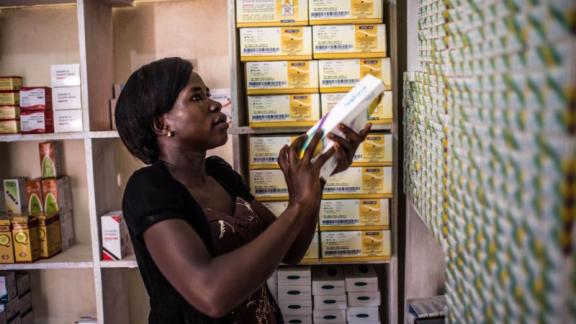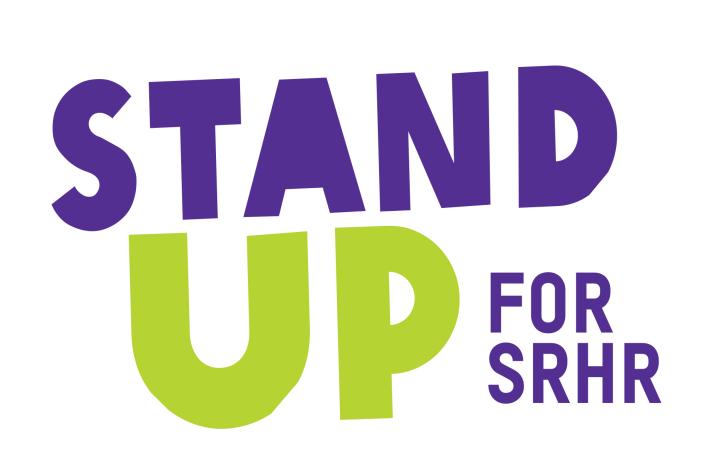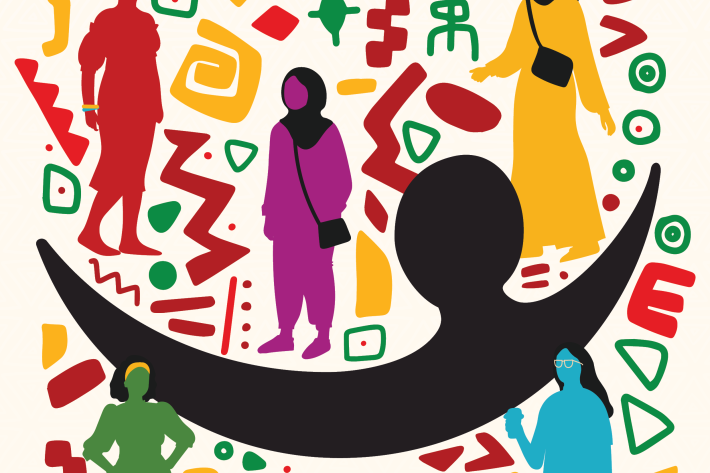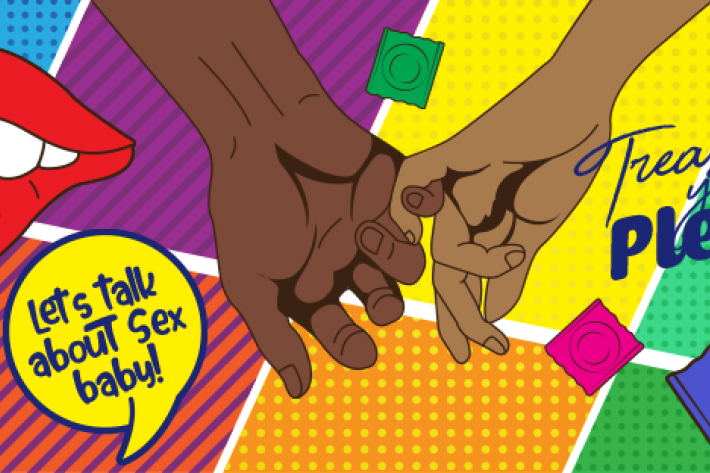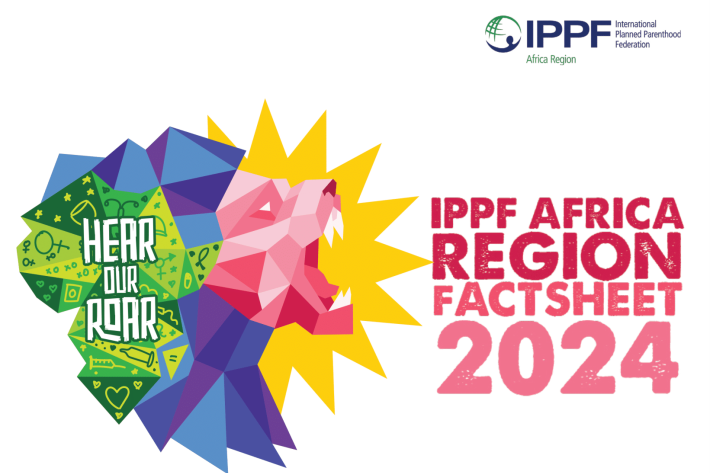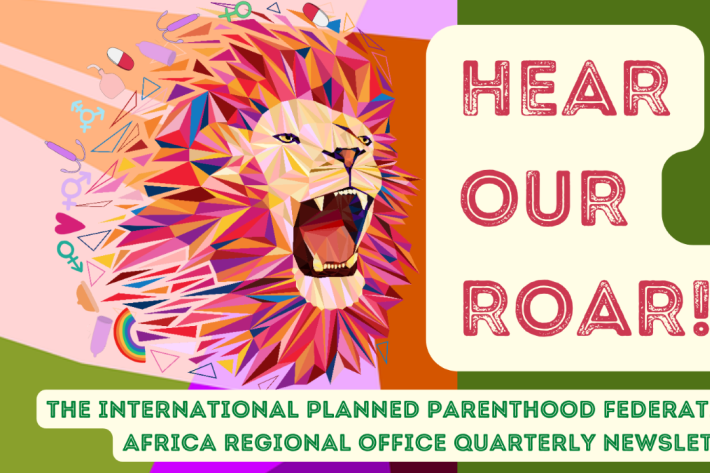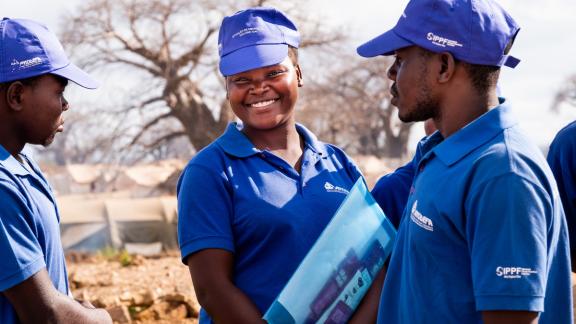Spotlight
A selection of resources from across the Federation
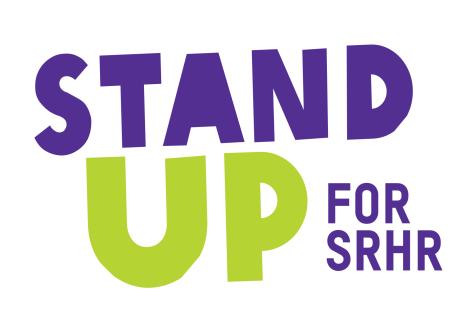
Mozambique, Uganda
Stand Up Factsheet 2025
Healthcare, Rights & Choice: The Stand Up Initiative in Action Imagine a world where every young woman and girl has the power to make informed choices about their sexual and reproductive health. That’s the vision of Stand Up for Sexual and Reproductive Health and Rights (Stand Up)—a groundbreaking 6.5-year initiative driving change in Uganda and Mozambique. Our Impact So Far: 6 service provision clusters established
Filter our resources by:
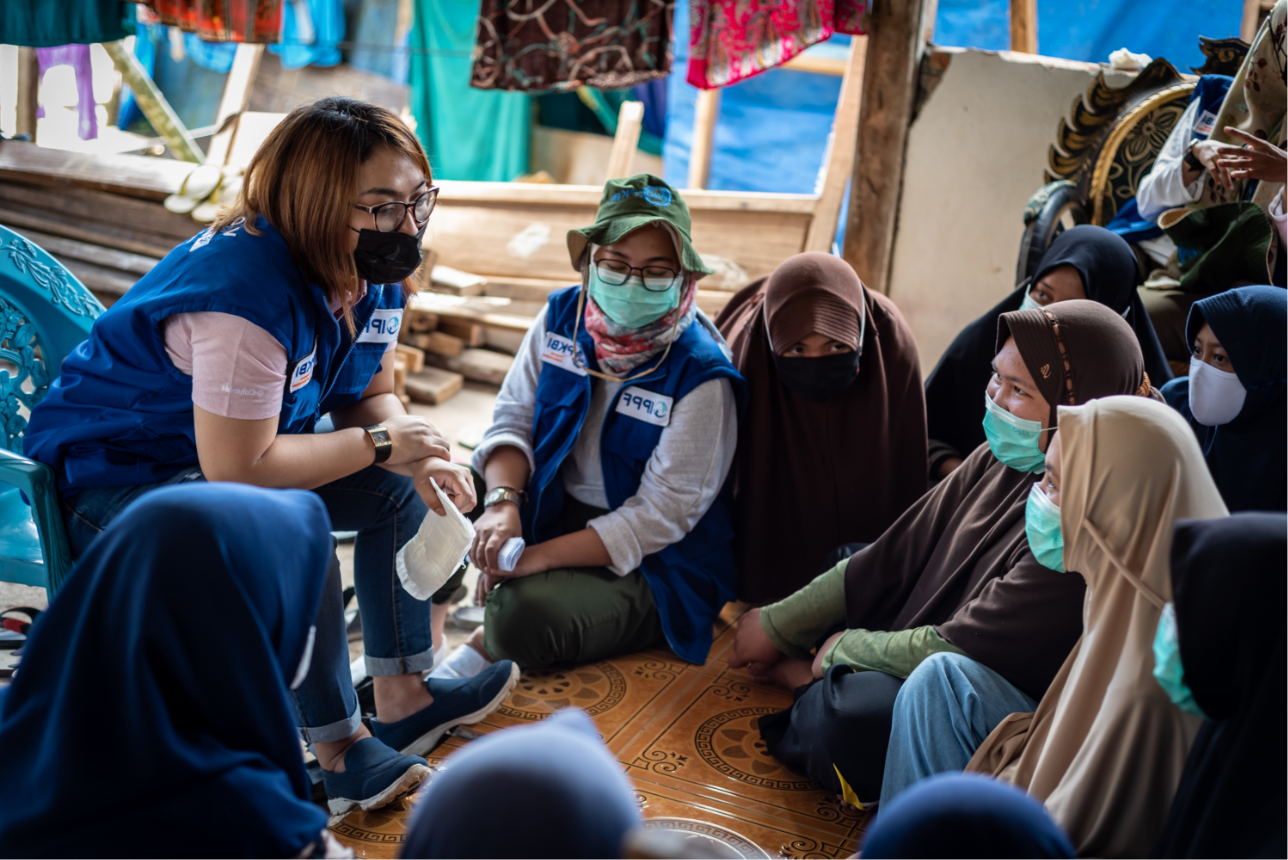

| 09 June 2022
IPPF ARO Factsheet 2021

| 29 March 2022
About IPPF Africa Region (IPPFAR Profile)

| 29 March 2022
IPPF Africa Region Quarterly Newsletter - Jan to March 2022

| 08 February 2022
Young champions in the fight against HIV/AIDS
This is the story of Nnambi, a young 14-year-old girl from Uganda who shares her experiences living with HIV. Watch more educative videos by AMAZE here.

| 14 January 2022
Female Genital Mutilation/Cutting: Times Are Changing
Female genital cutting or mutilation, also known as FGC or FGM, involves partial or total removal of the external female genitalia, or other injury to the female genital organs for non-medical reasons. It is typically performed on girls under 15 years of age although this varies across communities and can sometimes be carried out during the first weeks of life or occasionally in adulthood. Female genital cutting is a serious reproductive health concern and a human rights violation. It has devastating short- and long-term consequences on the lives of women and girls and their communities. Female genital cutting can lead to hemorrhaging, infections, damage to adjoining organs, infertility, complications during pregnancy and childbirth, psychological trauma, and even death. Worldwide, between 100 million and 140 million women have been cut, and 3 million more are at risk each year. Women are subjected to female genital cutting in 28 countries in Africa – this includes Eritrea, Ethiopia, Kenya, Tanzania and Uganda in East and Southern Africa. Female genital cutting is a practice that is deeply-rooted in tradition in communities where it is practiced and passed on through generations. It is frequently based on the belief that the practice helps control a girl’s sexuality and ensures her virginity until marriage or helps prepare her for marriage. Female genital cutting is becoming less common, with more than 24,000 communities around the world declaring abandonment of the practice. Locally-led efforts that help recognize the harm of female genital cutting through community discussions are making a difference as more and more families decide not to cut their daughters.

| 14 January 2022
All about Condoms and How to use them Effectively
In this video by AMAZE, learn about condoms and how to use them effectively. When used properly, condoms are effective in preventing pregnancy as well as HIV and other sexually transmitted infections (STIs). Watch more educative videos by AMAZE here.
Pagination
- First page
- Previous page
- …
- 4
- 5
- 6
- …
- Next page
- Last page








